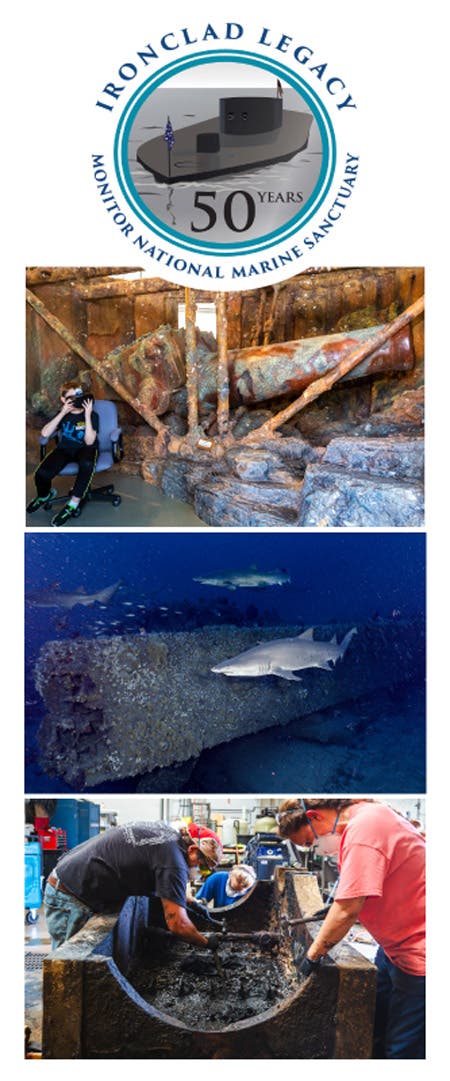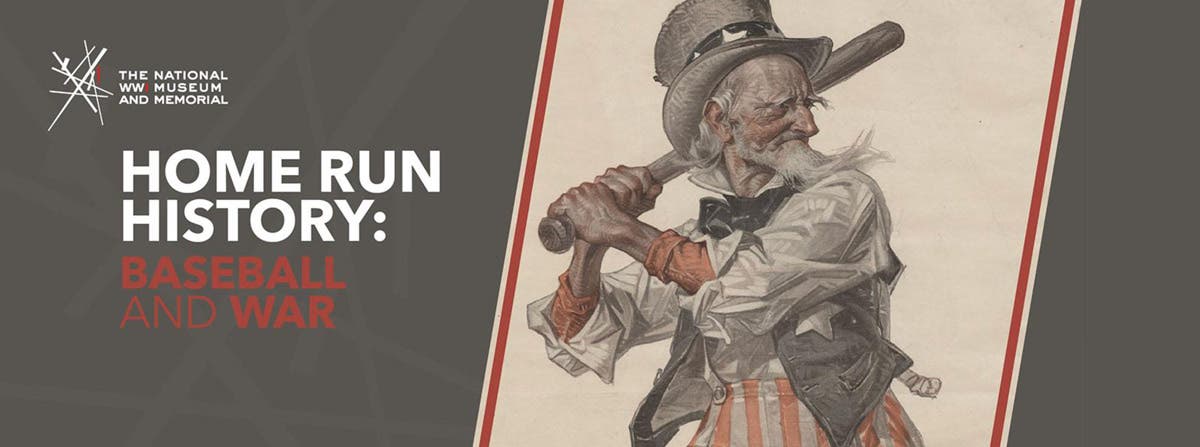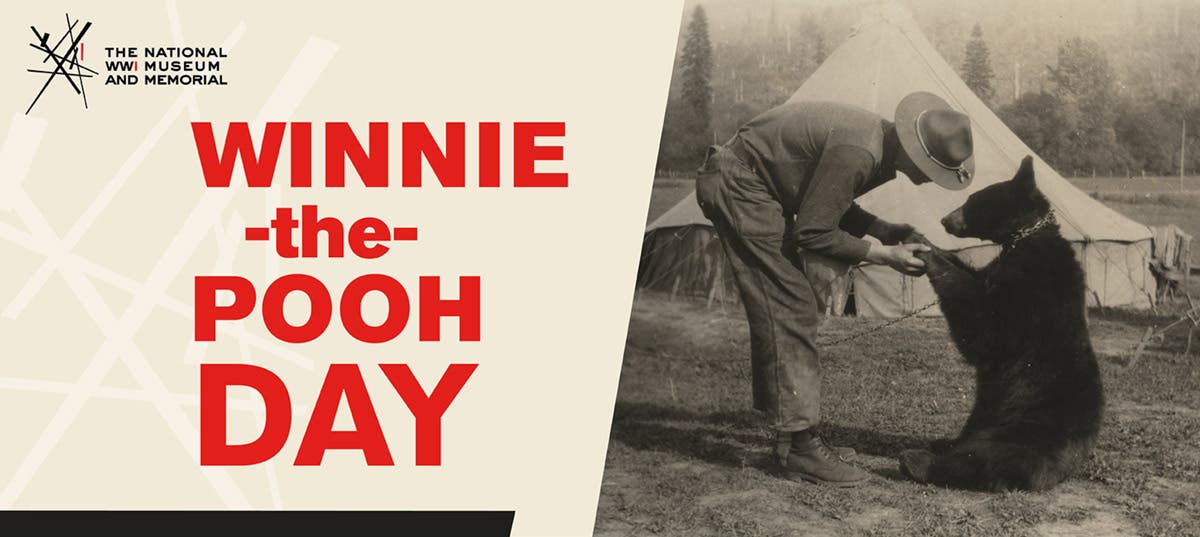Uncomfortable History
Erase uncomfortable stories? Preserve them? Make monument to them? The answer isn’t as easy as many think.
“Pardon me, Sir, but does ya have any papers for travelin’ on your own?”
Clothed in a white linen roundabout jacket, dirty white breeches, and a tall straw top hat, I posed that question to an African-American tourist at the 1840s living history museum where I portrayed a Illinois farmer.
Having previously discussed this scenario with the visitor when I spotted him and his family in the parking lot, he was a willing to participate in the uncomfortable situation that was about to play out in front of his family and other visitors
“Why, yes. I do,” he replied. “I am a free man, and this here is a free state. So, me and my family will come and go as we please.”
Others, who were not in on the skit, stood by. They appeared shocked at what they were hearing.
Still in “character,” I replied, “Why thank you, sir. You is right. This hyur is Illynose, and in 1845, we respect the rights of all folks, no matter what their color. ‘Course it ain’t that way if'n ya ain't got papers.”
I was portraying John Davis Johnston, step-brother of the Illinois lawyer, Abraham Lincoln. The African-American family, and the other visitors, then engaged with me in a discussion about slavery as it existed in 1845.
The actual year was 1986, and I was fortunate to be participating in a museum program we called, “Uncomfortable History.”
IF IT HURTS, IT WILL PROBABLY MAKE YOU STRONGER
“Uncomfortable History” was an unofficial movement within “living history” museums in the mid-1980s up into the early 1990s. A small band of museum professionals had researched, given lectures, and taken chances at their own institutions. Topics that we addressed with our audiences included run-away slaves, women’s lack of rights, homeopathic medicines, religious freedoms, rise of industry stomping out common workers, communal living, religious divisions, and other social issues that were pertinent to people living in 19th century America but were not deemed “off-limits” by most 20th century institutions telling the history.
We took the chances to make people uncomfortable, and then bring them out of those feelings by explaining the historical context. In the case of the “free family” traveling past our 1845 farm, before they departed, the father of the family took me to the side and thanked me for the opportunity to explore a part of his family’s history that no one had ever attempted before. He told me, “My grandmother used to say to me, ‘if something hurts, it probably will make you stronger.”
HISTORY DOESN'T CHANGE. PEOPLE DO.
Living history museums had reached their zenith of popularity by 2000. Then, the changing economy and political winds in our nation hobbled them. While many museums still use living history as a teaching avenue, most have receded to safer lessons plans that focus on the activities of the particular site (farm, mill, store, etc.) while glossing over the historical context. In essence, they have chosen the “safe” route, rather than take the chances of offending someone. “Uncomfortable history” became taboo.
And now, 35 years later, it is all upside down. Museums have led the cry to sanitize history by demoting previous heroes from lesson plans, exhibits, or even the pedestals on which a their statues had stood.
Don’t get me wrong, I am not denouncing anyone for acting “politically correct.” Quite the contrary. I am suggesting there is a different way to consider history other than sanitizing it or judging whether some of it is worthy of elevation and some of it worthy of deletion.
HISTORY IS STACKED IN LAYERS
A June 2020, story on CBS News about Italy’s relationship with its own history reawakened my old beliefs in strength of “uncomfortable history.” Now, keep in mind, the history of the United States is only a couple of hundred of years and change. The history of Italy covers, well, thousands of years. And during those years, the nation has had its ups and downs: Conquering nations, enslaving people—throwing some to lions for entertainment, plundering treasuries, colonizing and empire-building at the expense of natives, and even the biggie of the 20th century — embracing a dictator and fascism. Italy’s history is a story of “uncomfortable events” piled one upon another.
And yet, a visit to the peninsular nation reveals enshrined amphitheaters where slaves battled each other for the entertainment of the masses. Symbolism and architecture of the fascist dictator Mussolini preserved (for example, the Stadium of the Marbles). Relics of colonialism are preserved throughout of the nation.
Having a history that extends back 2000 years, Italy’s story has many, many layers.
Italians believe that their obligation is to educate people about Italy’s history of colonialism, imperialism, and fascism, not to erase it. As a result, a visitor will see slogans still carved in buildings cheering “Il Duce!” or monuments of Italy’s brutal occupation of Ethiopia. The Roman Colosseum still stands, and the Vatican remains staunchly entrenched — though both have jaded, dark histories.
I have to ask myself, “Why is it that many want to erase our history in America?” What is so threatening about the past that makes people want forget it?
Sure, the United States' history doesn’t have layers that extend thousands of years into the past, but in its short history, it has amassed a darn good variety. My fear is, if we pull out the layers we don’t currently like, we could topple our small tower of cultural record.
History is history, whether it makes us proud or uncomfortable. That totality is what makes it our heritage. It is up to us to figure out how the layers of it fit together to tell a story. If we toss out some of those layers, the tower of our heritage will become unstable and risks disappearing altogether if it tumbles in ruin.
Preserve the Memories,
John Adams-Graf
Editor, Military Trader and Military Vehicles Magazine
You may also enjoy:
*As an Amazon Associate, Military Trader / Military Vehicles earns from qualifying purchases.
John Adams-Graf ("JAG" to most) is the editor of Military Trader and Military Vehicles Magazine. He has been a military collector for his entire life. The son of a WWII veteran, his writings carry many lessons from the Greatest Generation. JAG has authored several books, including multiple editions of Warman's WWII Collectibles, Civil War Collectibles, and the Standard Catalog of Civil War Firearms. He is a passionate shooter, wood-splitter, kayaker, and WWI AEF Tank Corps collector.






